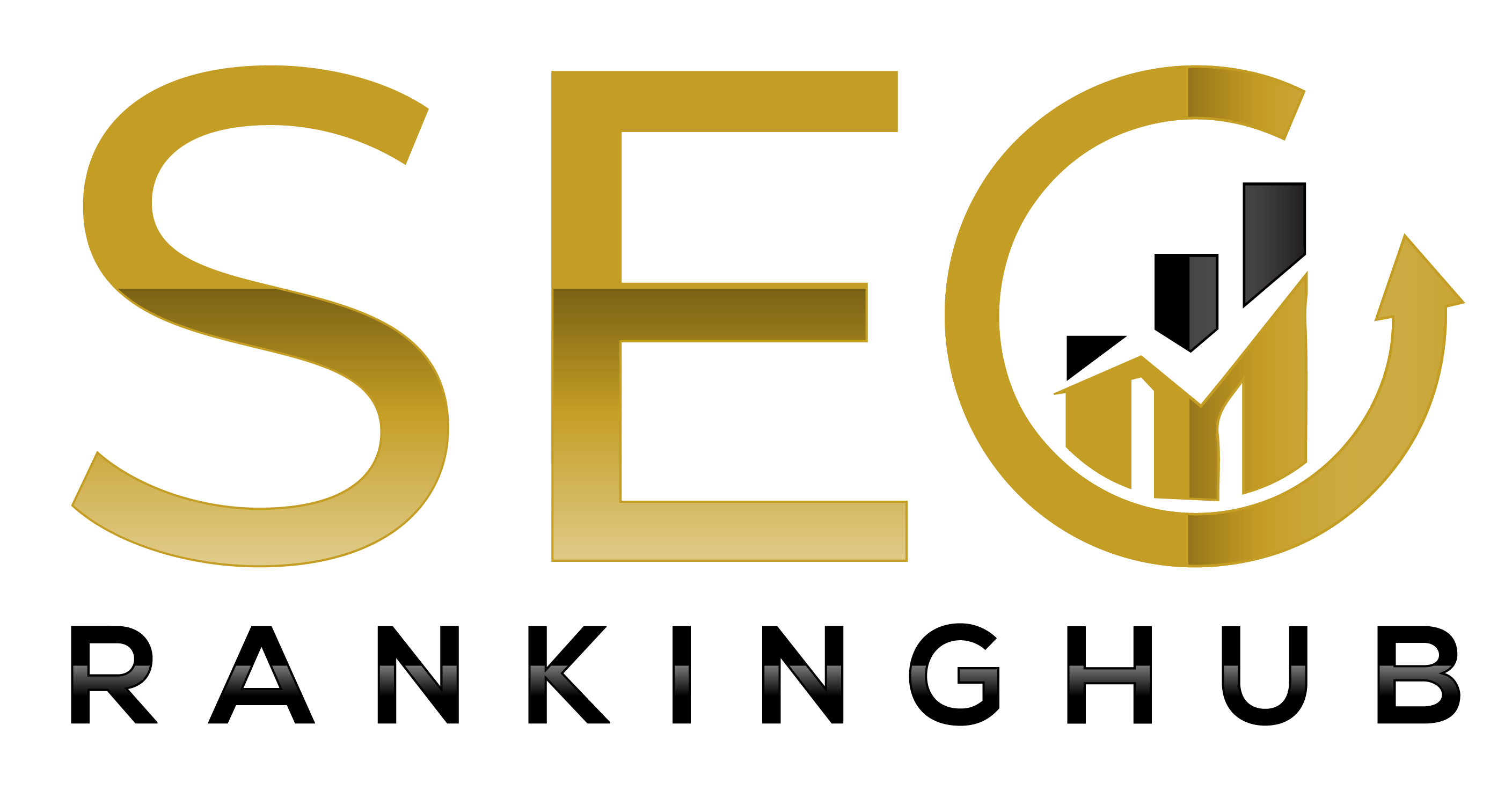
How to Optimize Images for SEO & Boost Site Speed
Adaptation of images is important for SEOs to improve the site’s performance, user experience and ranking of search engines. Appropriate optimized images increase the side load rate, reduce the rejection speed and improve access. In this guide, we will find out the best image optimization strategies to ensure that your site runs effectively and ranks more in the search results.
- Why is car data adjustment important?
Images form a significant portion of the total form of a web page. If they are not optimized, they can slow down your site, adversely affect the SEO and user experience. Why is car data customization required here:
✅ Quick load speed: Custom images Reduce file size and improve the side load.
✅ Better SEO ranking: Google considers the side speed as a ranking factor.
✅ Increased user experience: Fast websites lead to high commitment and conversion.
✅ Use of low bandwidth: Custom images save host costs and improve the performance of mobile devices.
- Choose the correct image format
Using the right image format improves both quality and file size. The most commonly used formats here are:
JPEG: Best for high quality images with small file size (ideal for images).
PNG: Supports transparency, but has a large file size (good for logo and icon).
Webp: A modern format with better compression (recommended for all images).
SVG: Vector graphics and best for logo (scalable without quality loss).
✅ Best practice: Use webpi format for quick loading of images while maintaining high quality.
- Compressing images without losing the quality
Larger image files slows down your site. Compressing images using a tool to reduce the size of the file with no quality relinquishing:
Recommended Image Company Equipment:
🔹 Tinypng – PNG and JPEG compresses images effectively.
🔹 Squash – free image optimization tool for Google.
🔹 Shortpixel – Automatic image compression plugin for WordPress.
✅ Best practice: For optimal performance, target image file size below 100kb.
- Change the shape of images to fit performance dimensions
Uploading overload images can unnecessarily slow down your site. Make sure your photos correspond to the required performance size:
Do not upload full resolution images (eg 4000×3000 pixels when only 1200×800 is required).
Use CSS and responsible images to adjust to different screen sizes.
Use the <figure> and srcset properties for custom images on different devices.
✅ Best practice: scale image before uploading them to your site.
- Use descriptive filename and all -text for SEO
Appropriate file names and all properties help the search engine understand the image content.
File nomination best practice:
🚫 bad: img12345.jpg
✅ Good: SEO-friendly-image-optimization.jpg
All the best practice of the lesson:
🚫 Bad: Alt = “Image1”
✅ Good: Alt = “SEO-Gunstable Car Dating Guide”
✅ Best practice: Use the target key word naturally in filenames and all -text.
<img src = “image.jpg” alt = “SEO customized picture” loading = “lazy” >
- Enable lazy loading for quick performance
Lazy loading defines loading images until they need, the first side load reduces the time.
How to activate lazy loading:
WordPress users can activate lazy loading through plugins such as WP Rockets or Smash.
Loading the HTML code = Use “lazy” Characteristics:
✅ Best practice: Use lazy loading to improve the user experience and site speed.
- Customize the image map for better sequencing
Google Image Search can drive significant traffic. Make sure your photos are properly indexed by submitting an image map.
How to make a photo sitemap:
1 Add Image -URL to your existing XML -Sitemap.
2 Use tools like YOST SEO (for WordPress) to generate an automatic website map.
Submit the website map through 3 Google Search console.
✅ Best practice: Update your website map regularly to include recently added photos.
- Use a material delivery network (CDN) for a quick loading time
A CDN stores images on several servers worldwide, and lowers the loading time for users in different places.
Best Image CDNS:
Cloudflare (free and payment plan)
Keycdn (Distribution of High Demstration)
Amazon CloudFront (scalable and fast)
✅ Best practice: Use a picture hotel CDN to promote performance globally.
- Monitor image performance with Google PageSpid -Insight
Analyze the image performance regularly using Google’s Page Spice Insights:
Visit 1 Google PagesPeed Insights.
Enter your URL and run a speed test.
Customize the images based on recommendations.
✅ Best practice: Solve the problems related to any flag image to improve the core Web Vital point.
- Last idea: Mastery in photo optimization for SEO
Adaptation of images for SEO is necessary for fast loading time, better ranking and a smooth user experience. By following these best practices, you can make sure your site remains sharp, accessible and customized search.
🚀 Are you adapted to your photos correctly? Tell us your favorite photo customization tool!










